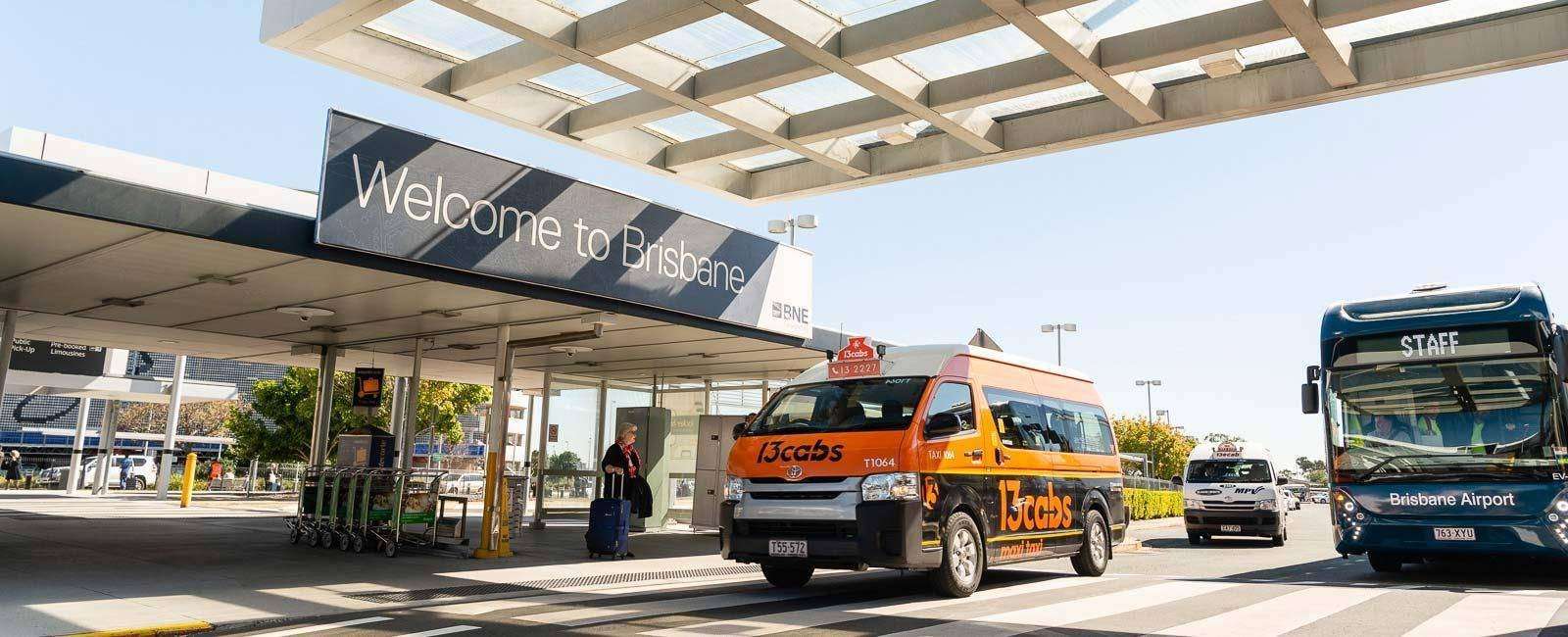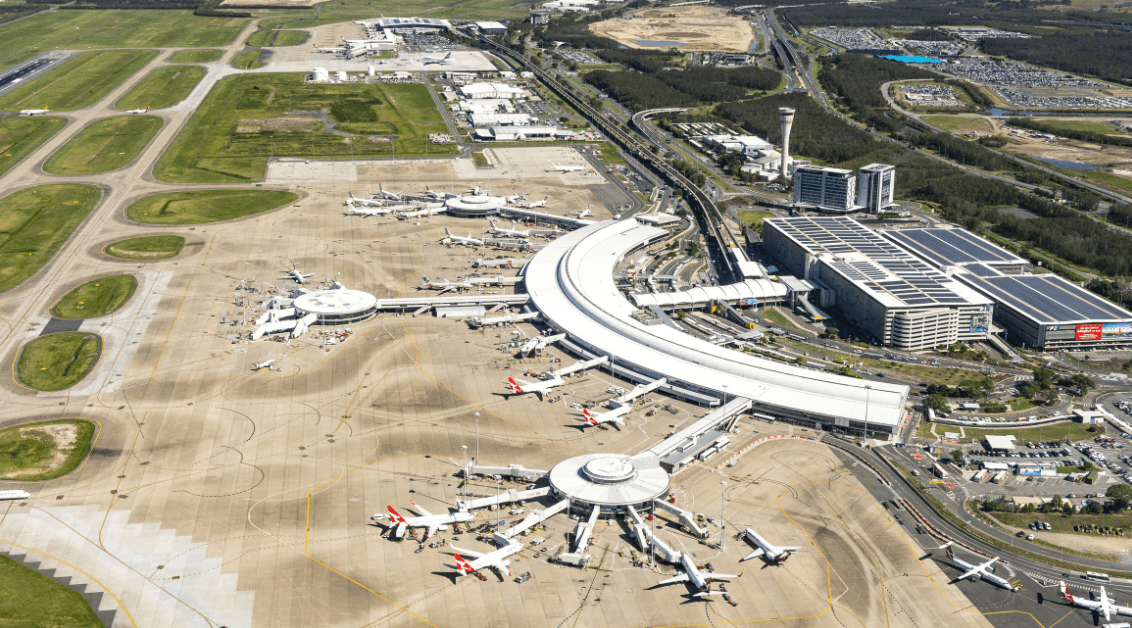Ground Transport and Connectivity
Improved connectivity and safety improvements for cyclists, pedestrians and motorists around the airport; plus new public transport options.
100km
Brisbane Airport has a 100km catchment covering South East Queensland region
100,000
vehicles per day enter the Brisbane Airport precinct
87km
On-airport network includes 87km of roads and 22km of cycleways
The Ground Transport Plan directs the future development of Brisbane Airport’s ground transport network, ensuring it can accommodate anticipated travel demand. The plan has been designed to allow Brisbane Airport to continue responding to new opportunities to improve connectivity over the next five years.
Private vehicles, including those using car parking infrastructure, rentals, taxis, and other ride-share vehicles, make up approximately 85 per cent of the current transport mode share passengers use to transit to and from Brisbane Airport.
Brisbane Airport will need to accommodate the increased passenger, employee and business demand over the coming years, through infrastructure and non-infrastructure solutions.
A resilient and connected transport network
The plan incorporates the vision for the connectivity and network resilience of Brisbane Airport:
Active transport: Active transport is emerging as a critical element to transport and recreation, with connectivity, accessibility and safety being the main areas of concern for users, creating an opportunity for Brisbane Airport to incorporate this into its existing transport network.
Public transport network: BAC aims to support commuter access to genuine public transport options, as improving connectivity across the SEQ region becomes more paramount.
Road network: With the road network connecting people to the airport expected to reach capacity and experience congestion over the coming years, intervention to monitor traffic demand and improve traffic flow, internal and external developments and general traffic growth is needed.
Ground operations and parking: As ride-share and taxi remain popular modes of transport and new car technologies emerge, BAC will continue monitoring impacts and improvements.
Freight: As BAC anticipates its industrial precincts to grow over the next five years, improvements to the suitability of the freight network will be monitored to ensure efficient freight movements alongside increased growth.
Key details laid out by the Preliminary Draft 2026 Master Plan
Looking for more information on the Ground Transport Plan? Download the Preliminary Draft 2026 Master Plan
Highlights from the Preliminary Draft 2026 Master Plan
Select a topic below to learn more about how the Preliminary Draft 2026 Master Plan is delivering and addressing the airport’s, stakeholder’s and community’s most important issues.

Brisbane Airport's vital socio-economic role
Brisbane Airport contributes significantly to the economic and social prosperity of Brisbane, South East Queensland (SEQ) and wider Queensland.

Future Terminal Plans
As Australia's most connected hub and having 24/7 connections, Brisbane Airport needs to support a broad range of airline operations and be flexible to meet the changing needs of passengers and airlines.
Looking for more information?
The full Preliminary Draft 2026 Master Plan is available for download, which outlines our future vision in detail.


